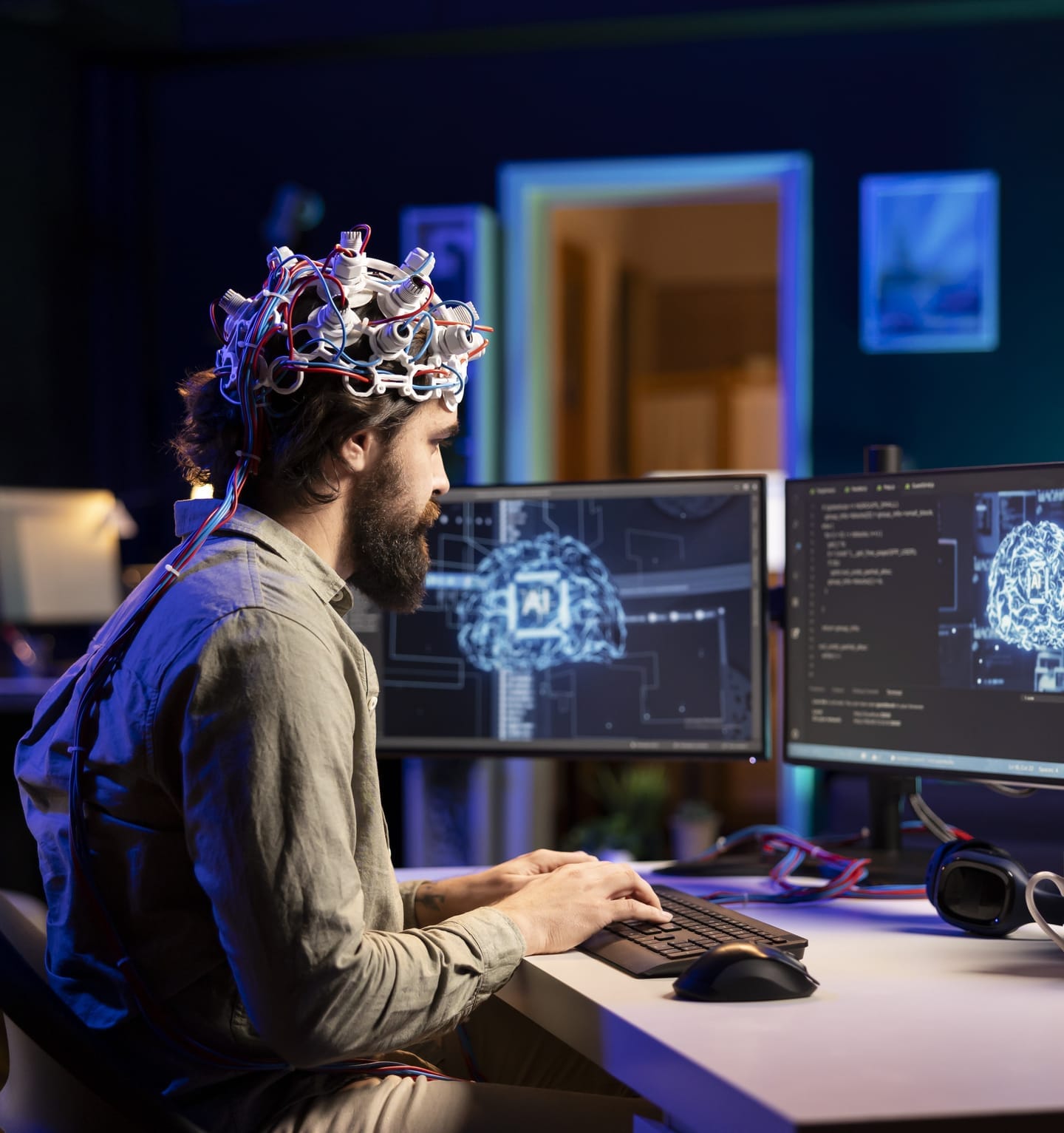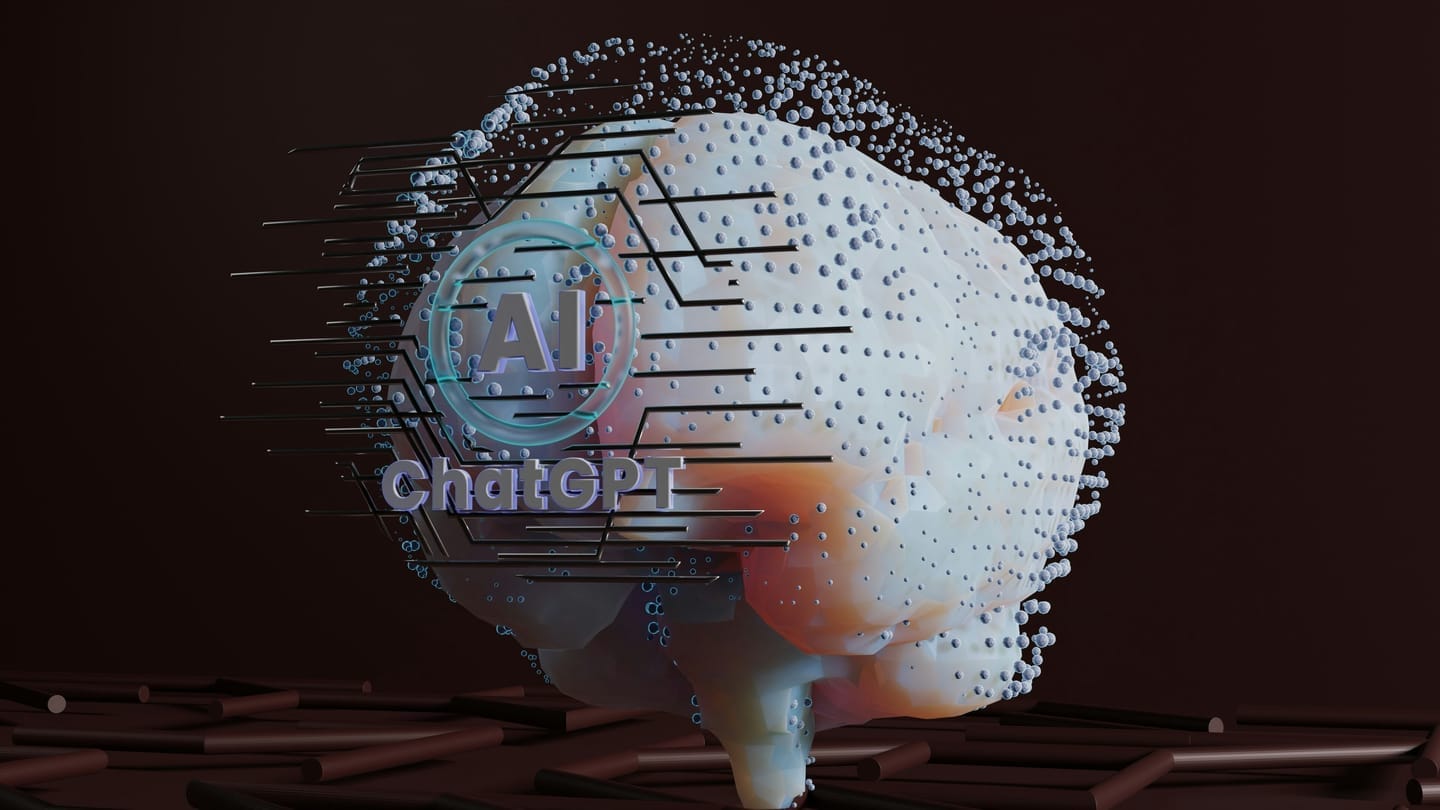Why Size Matters: The Impact of Model Scale on Performance and Capabilities in Large Language Models
A defining characteristic of LLMs is their scale, measured by the number of parameters, which has grown exponentially in recent years. Models such as GPT-3, with 175 billion parameters, and its successors have demonstrated remarkable capabilities, raising questions about the relationship between model size and performance (Brown et al. 2020)













